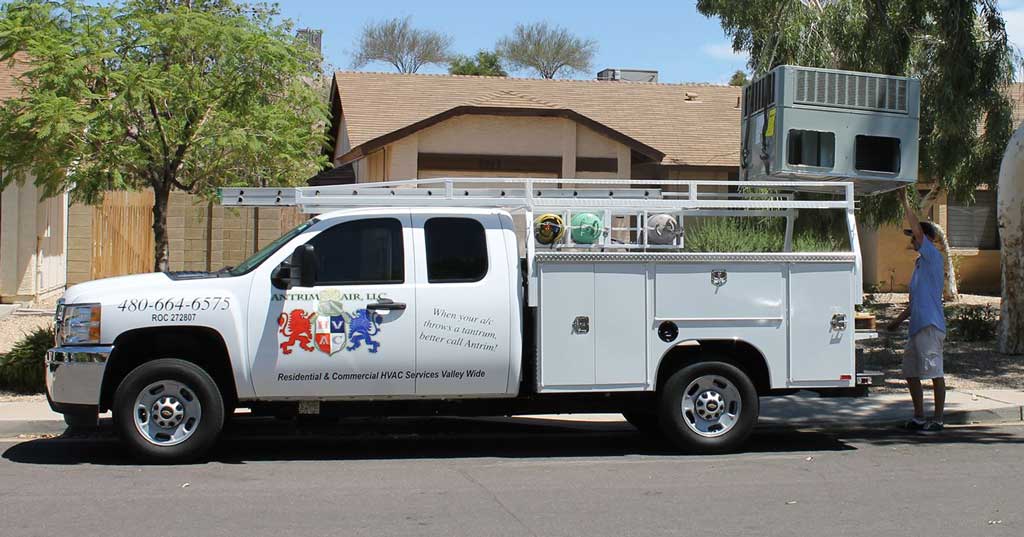
Written by Monica Gomez
Choosing a newer, energy efficient air conditioner can save you money and allow you to feel good about reducing your carbon footprint—but only if the system is installed correctly. A system that has been installed in the wrong place can rack up a high electricity bill while providing little or no benefit to those inside the building. Following are some key installation factors that have a significant bearing on the energy efficiency of any A/C unit.
Location
Since shade is more cooling than sunny areas, an air conditioner installed in the shade will run more efficiently than an A/C unit mounted in direct sunlight. If you’re replacing an air conditioner that was initially installed in a sunny area, consider placing the new unit in a shaded one or planting trees, shrubs, and bushes in the original location. Using computer modeling, the U.S. Department of Energy found that planting just three trees in the right spot could save the average household between $100 and $250 in energy costs every year. Just make sure the landscaping is far enough away from the unit to ensure debris does not obstruct airflow.
Planting some trees in your yard will help reduce your carbon footprint in two ways: the unit will use less electricity, which generally comes from the burning of fossil fuels; and the trees will absorb carbon dioxide while releasing oxygen back into the environment.
Duct Repair
Duct leakage can sap as much as 40% of the energy from an air conditioning unit. Additionally, leaky ducts cause the humidity levels in a home to rise, which will in turn cause homeowners to lower the thermostat and use more electricity in an attempt to cool off. Some signs that your ducts may be leaking include high utility bills during the hot and cold seasons, stagnate air in specific areas of the house, and rooms that are difficult to heat or cool. Check the connections at vents and registers where they meet floors, walls, and ceilings, as these are typical locations for leaks. You’ll want to work with an HVAC professional to repair ductwork before replacing your A/C unit to achieve optimal system efficiency.
Other Installation Factors
While the abovementioned issues are the most important to bear in mind when installing a new air conditioner, there are also other installation factors that can impact a unit’s functionality, energy efficiency, and even lifespan. An air conditioner needs proper airflow, the right refrigerant charge, proper burner
operation, and the appropriate draft, among other things. A qualified HVAC technician should always determine room-by-room airflows and loads to ensure that the unit will provide sufficient cooling to each room of the home without using too much power.
Why Replace Your A/C Unit Now?
Newer, energy efficient air conditioners typically use much less power than older units and more environmentally friendly refrigerants. If your unit is more than ten years old and isn’t working effectively, you should consider replacing it. This may save you money in the long run because your utility bills will be lower; the cost of older refrigerants like R-22 will continue to rise after they are completely banned in 2020. Replacing the unit will be inevitable, so why not minimize your home’s impact on the ozone layer sooner rather than later if it’s already failing to keep your family cool?
However, if you do opt to replace your air conditioner, it must be installed correctly for you to reap maximum savings. A good HVAC technician will ensure the unit is the right size for the building, determine room-by-room energy usage and airflow, and ensure the unit is installed in a shady location that is free from blockages. The technician will also make sure that ductwork is fully sealed to prevent leaks. Ultimately, an experienced HVAC professional can help ensure that a homeowner does not incur unnecessary expenses due to poor installation.
You can trust Antrim Air for Chandler AC repair as well as all surrounding communities.

